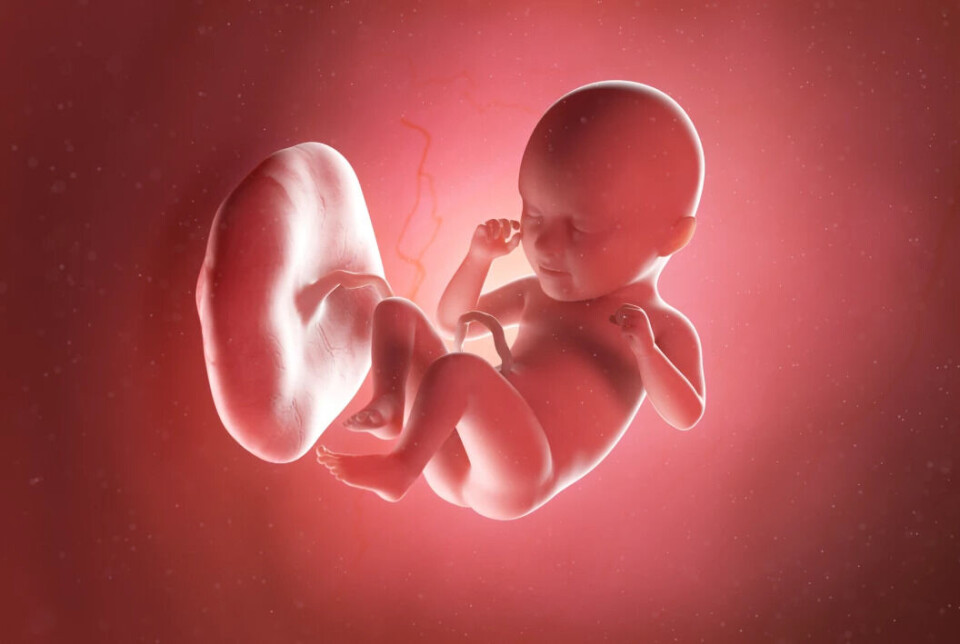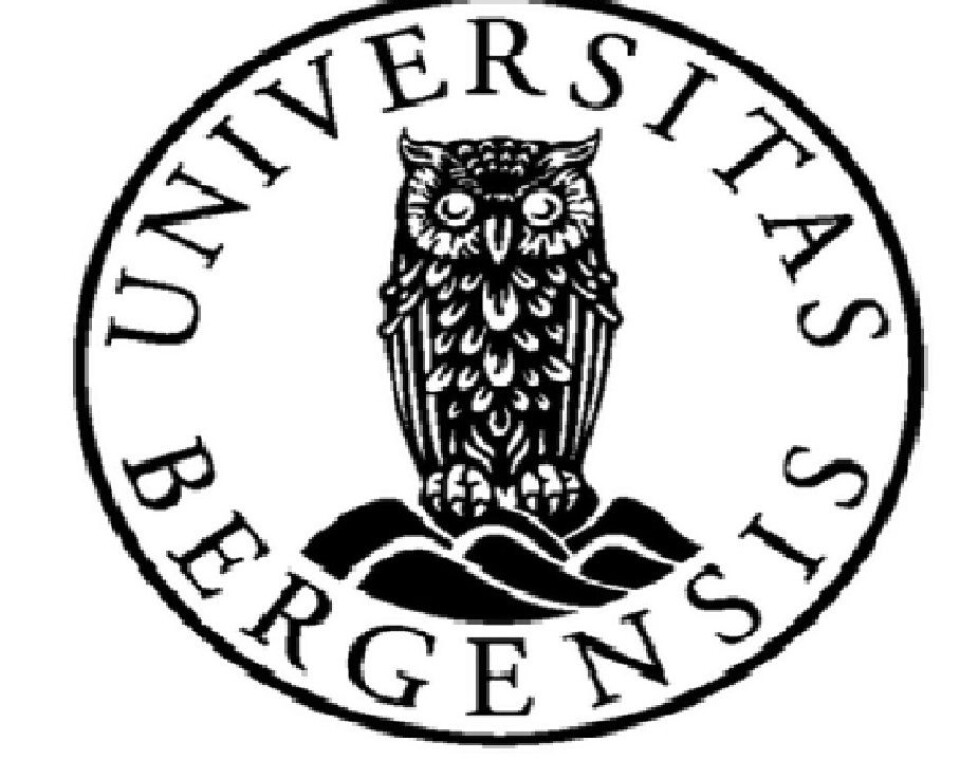THIS CONTENT IS BROUGHT TO YOU BY the University of Bergen - read more

Faster growth of the placenta is linked to increased risk of pre-eclampsia
Research sheds light on how genetics influences the growth of the placenta. It reveals a link to increased risk of disease in the mother.
The placenta is an organ which grows in the womb alongside the foetus, which is attached to it by the umbilical cord. It is the only organ that contains tissue from both mother and child.
The placenta provides oxygen and nutrients to the growing foetus and removes waste as the baby develops.
A poorly functioning placenta is associated with pregnancy complications, and later risk of disease in the child.
Large-scale international collaboration
Despite its key role, little is yet known about how the growth of the placenta is regulated.
“Understanding placental growth is important, as babies with very small or large placentas are at higher risk of complications,” Professor Pål Rasmus Njølstad at the University of Bergen explains.
Together with colleagues from the University of Bergen, the UK, and Denmark, he has led a large-scale international collaboration to examine placental growth in the greatest detail yet.
“We concluded that faster growth of the placenta can contribute to risk of preeclampsia, and to earlier delivery of the baby,” Njølstad says.
The findings were recently published in Nature Genetics.
A fast-growing placenta may upset the balance
The placenta is an important organ during pregnancy, providing an intricate and vital link between mother and baby.
“In our study, we have identified 40 variations in the genetic code linked to how big a placenta can grow. This improves our understanding of this vital organ in humans," Njølstad explains.
Several of these genetic variations also influence the weight of the baby, but many are predominantly related to placental growth.
The research team found that where the genetic code of the foetus meant it was more likely that the placenta would grow bigger, there was a higher risk of pre-eclampsia in the mother.
“This could be because the placenta grows too fast, which can upset the balance between the baby’s demand for resources and how much the mother is able to provide. This could be a factor in pre-eclampsia that occurs late in pregnancy,” says Njølstad.
Placenta growth is linked to pregnancy length
Pre-eclampsia is a condition that may develop in pregnancy, which causes high blood pressure. Some of the mother’s organs, such as the kidneys and liver, stop working properly.
Detecting it early is essential to avoid severe health problems for mother and baby. However, how pre-eclampsia develops is not fully understood:
“Our study suggests that faster growth of the placenta contributes to a higher risk of pre-eclampsia in the mother. It seems specific to placenta growth because we did not find the same risk when we looked at the genetics of baby weight,” Rachel Freathy says.
She is a professor at the University of Exeter Medical School, and was part of the research team.
Faster-growing placenta was also linked to shorter pregnancy.
“We found that babies with genetic code for a bigger placenta were more likely to be born earlier, which underscores the importance of investigating placental biology in studies of pregnancy duration and the timing of delivery,” Bjarke Feenstra at the Copenhagen University Hospital and Statens Serum Institut, Denmark says.
Insulin was related to placenta growth
One key finding from the study related to insulin, a hormone that regulates blood sugar. The foetus produces insulin in response to glucose (sugar) from the mother, which acts as a growth factor.
The team found this insulin is also linked to the growth of the placenta, which helps to explain why placentas tend to be large in pregnancies where the mother has high blood glucose due to diabetes.
Further studies are needed
“Our work is just the starting point for future research which could help us understand far more about the placenta’s role in the growth of the baby and risk of pregnancy complications,” Professor Stefan Johansson at the University of Bergen says.
He thinks this is a great first step, but that the final weight of a placenta can only tell us a limited amount about its function:
“Further studies are needed to examine the shape and development of placenta over the course of pregnancy,” he underlines.
Reference:
Beaumont et al. Genome-wide association study of placental weight identifies distinct and shared genetic influences between placental and fetal growth, Nature Genetics, 2023. DOI: 10.1038/s41588-023-01520-w

This content is paid for and presented by the University of Bergen
This content is created by the University of Bergen's communication staff, who use this platform to communicate science and share results from research with the public. The University of Bergen is one of more than 80 owners of ScienceNorway.no. Read more here.
More content from the University of Bergen:
-
Researcher: Politicians fuel conflicts, but fail to quell them
-
The West influenced the Marshall Islands: "They ended up creating more inequality"
-
Banned gases reveal the age of water
-
Researchers discovered extreme hot springs under the Arctic
-
Tiny particles unlock vinegar’s hidden healing potential
-
“Why doesn't it rain more?” asks researcher




































